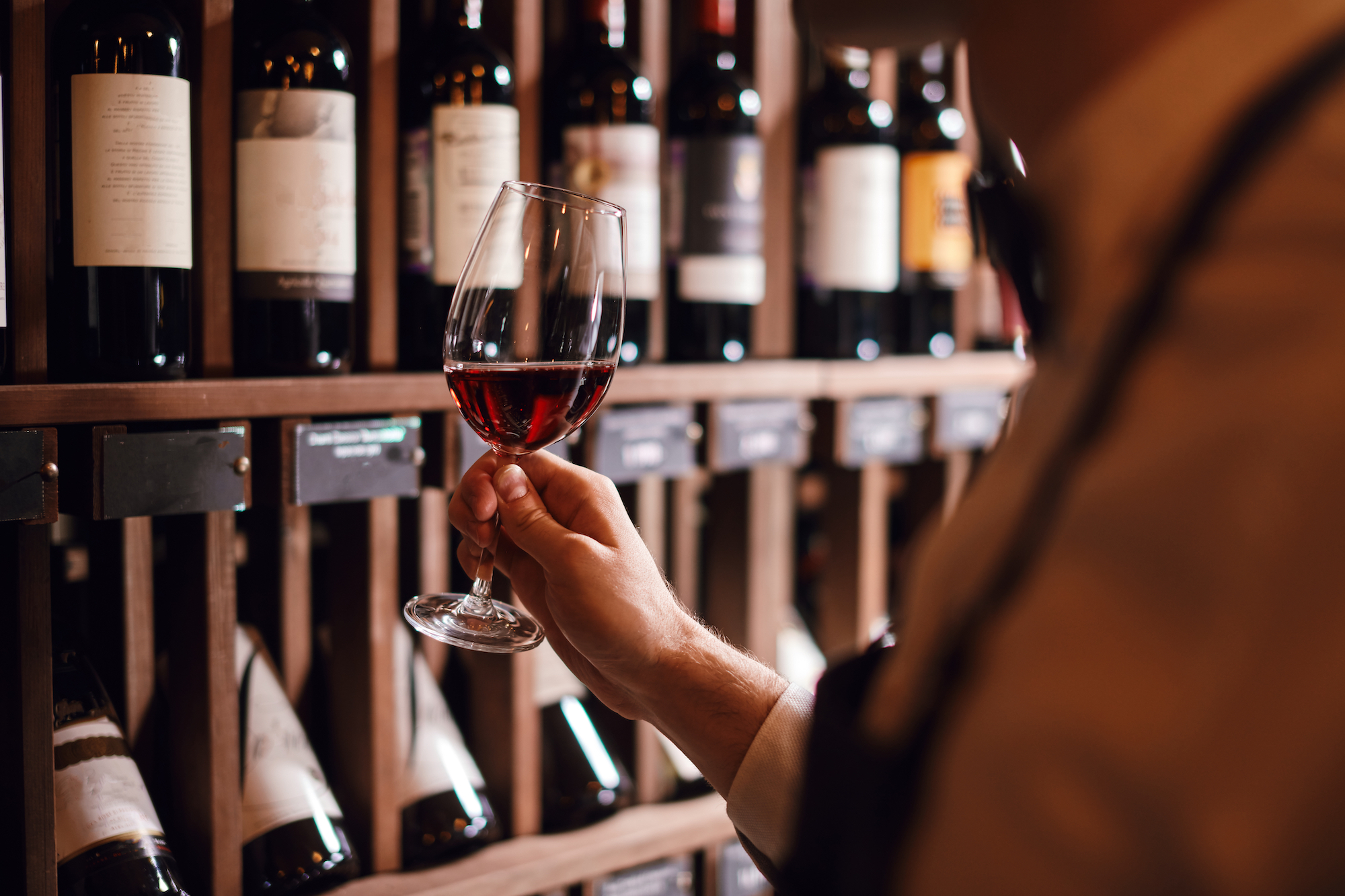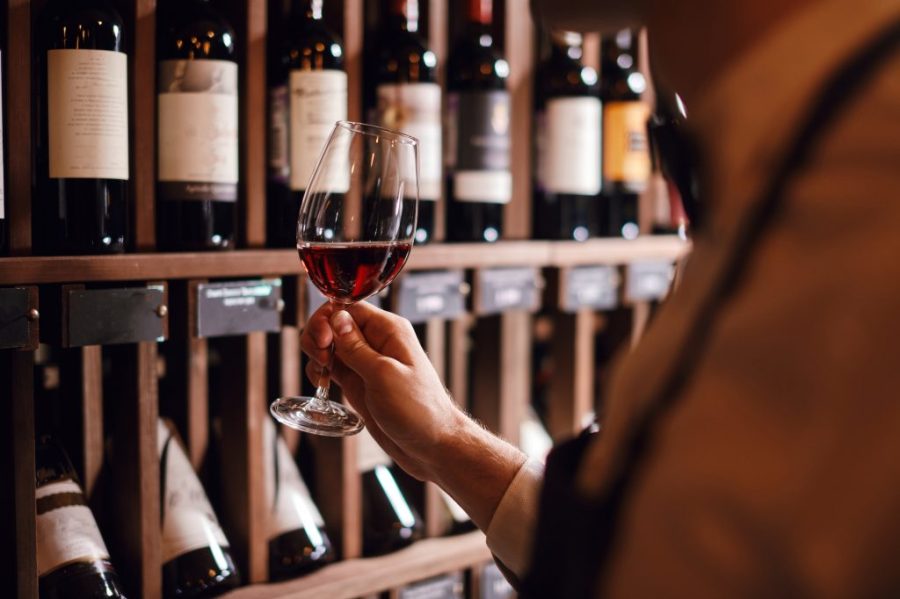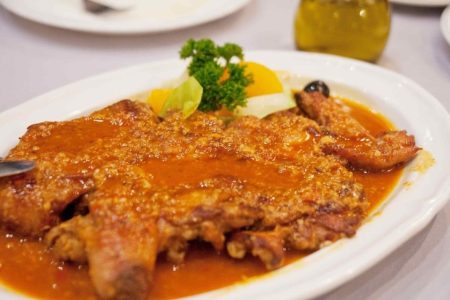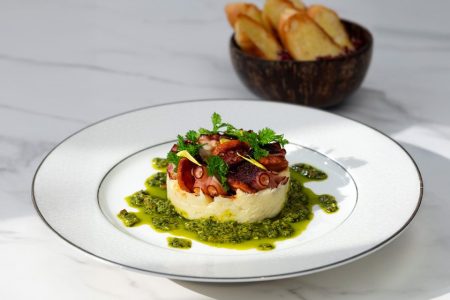An expert sommelier interacts with wine in seemingly mysterious ways. They’ll observe their glass at a particular angle, swill the liquid, and talk about wine having “good legs”.
In fact, sommeliers act as detectives, deducing wine’s vintage (the year it was made), grape variety and method of production without even reading the label. In this type of “blind” assessment, the best sommeliers have almost perfect accuracy – like a Sherlock Holmes of wine.
Basic wine assessment is not that difficult, yet it can significantly enhance the wine-drinking experience, so it’s worth learning a few fundamental skills. In a series of three columns, starting with this one, I hope to help you get a better sense for wine through sight, smell and taste.
Let’s start with sight, since visuals can give us lots of clues about wine and tend to be the first thing you notice. From its colour to viscosity, carbonation and sediment – each detail provides insights about a wine’s character and origin.
Step 1: Create the best conditions
To inspect wine most effectively, tilt the glass away from your face at a 45-degree angle. It’s also helpful to observe the wine in natural light, held up against a white surface (a piece of paper does the trick), to get a sense of its true colour and clarity.
Step 2: Inspect the colour

Colour is wine’s most obvious characteristic. Grape juice, incidentally, is colourless – it’s grape skin that contains pigment. Meaning, winemakers can use black or red grapes to make white wine, so long as the skins are removed early in the process. Whereas, red wines’ colour comes from maceration (the practice of leaving red wine in contact with skins and seeds) during the fermentation process.
When tasting a white wine, there are a few clues we look for. White wine (which is better described as various shades of yellow) darkens with age. What’s more, contact with grape skin, climate and the influence of oak from barrel ageing also contribute to its colour. For instance, white wine from a warmer climate that’s been in an oak barrel for some time tends to have a deep, straw-like yellow hue.
Here’s a cheat sheet:
– Almost colourless: Very pale white wine will be made from French colombard, chenin blanc and muscadet or Italian soave. Inexpensive mass-produced whites can also be almost colourless, because producers often use less-ripe grapes that are more diluted in flavour and colour.
– Tinged with green: Young white wines, freshly bottled without any oak influence, tend to be slightly green.
– Pale yellow: The most common colour for most young, dry whites.
– Yellow gold: This indicates grapes from a very sunny climate, an older vintage, or wine containing residual sugar. Grape varieties like chardonnay, gewurztraminer, pinot gris, semillon and viognier are often yellow gold.
– Deep gold: Sweet white wines like French sauternes and tokaji from Hungary tend to be this hue.
Unlike white wine, red wines tend to fade in colour as they age. What’s more, grape skins have varying degrees of natural pigment and skin thickness, which results in different shades and intensities.
Here’s a quick guide:
– Purple: Most young red wines are purple. However, grape varieties like syrah, with skins containing lots of natural pigment, stay deep purple even when aged.
– Cherry: Many light reds (with lower alcohol content) made from grapes such as pinot noir, gamay, grenache and merlot will be this bright, striking hue.
– Crimson: This is the most possible colour of many red wines from most grape varieties.
– Mulberry: Grape varieties such as malbec and syrah or cabernet sauvignon grown in hot climates have a deep colour intensity.
– Reddish brown/garnet: This is the colour of well-matured red wines, like Italian barolo or barbaresco, which spend a long time in oak.
Step 3: Check the clarity
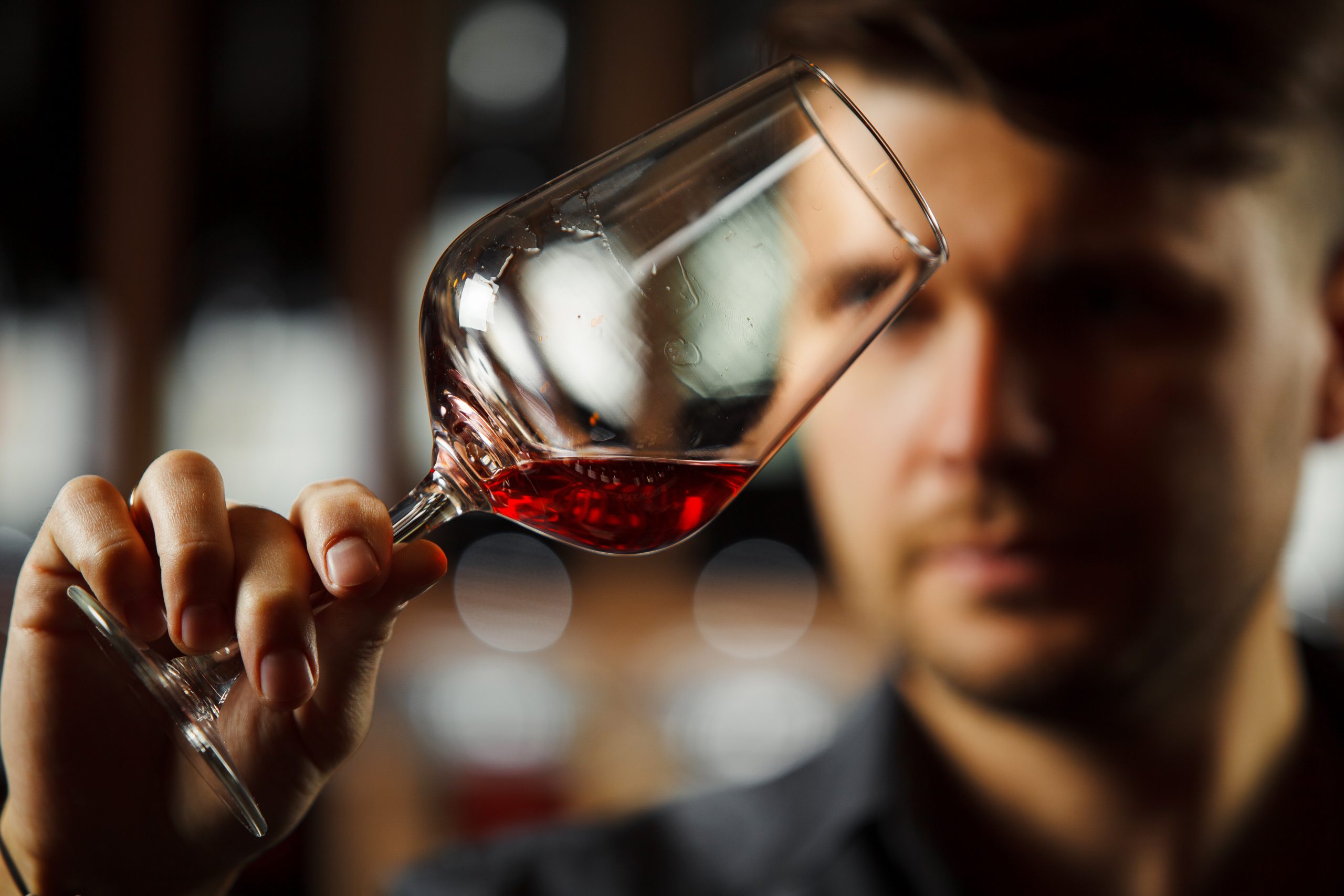
While most people expect wine to be clear and bright, a slightly dull or hazy wine is not necessarily a bad thing. In fact, it suggests minimal human interference before bottling – the way a lot of fine wine and natural wine is prepared.
Adding egg whites can improve wine’s clarity. Egg whites bind to organic particles in the liquid, making them easier to strain. This is very common in the wine making process, it doesn’t indicate a specific origin, but rather the winemaker’s practice.
Step 4: Look for sediment or crystals

Commonly known as sediment, byproducts of the winemaking process from stems, seeds or dead yeast cells are both harmless and normal in white and red wines. They are often precipitated by long maturation or storage periods. You’ll find them in some younger wines too, as certain winemakers prefer to leave their wines unfiltered – or coarsely filtered – to intensify flavour.
Another thing to look for is crystal-like tartare acid, which is commonly in white wines that have been stored at a very low temperature for a long time. It is harmless, though tastes acidic.
Step 5: Observe the viscosity

You can take note of a wine’s level of internal friction, or viscosity, by swirling the wine at an angle then levelling the glass. The droplets of wine running down the sides are known as wine’s “legs” or “tears”. People often claim that thicker legs indicate better wine. But legs don’t reflect wine’s quality – they indicate its sugar or alcohol content. Higher levels of either result in thicker legs.
Step 6: Note any bubbles
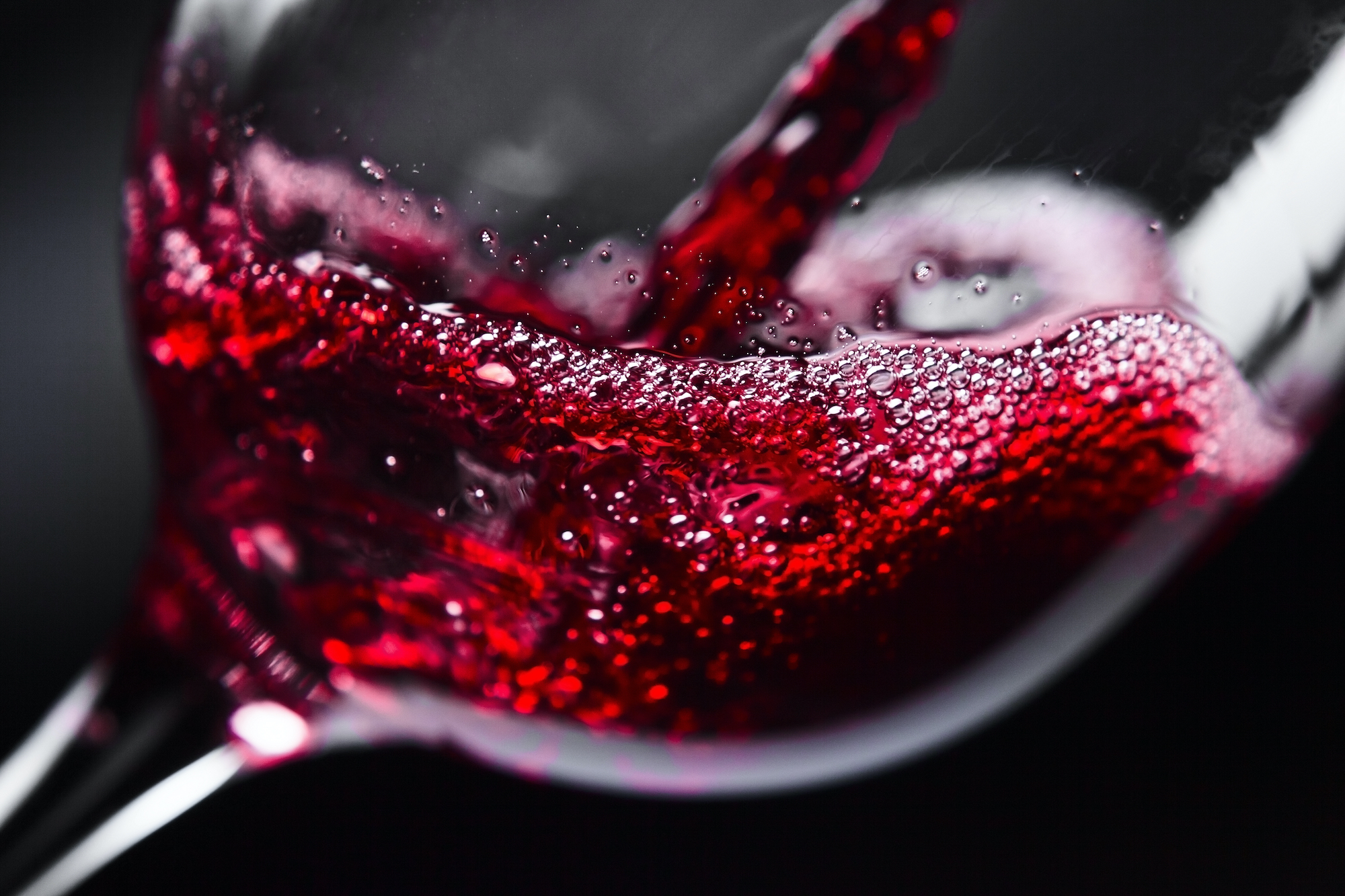
Carbonation in wines is usually the result of a second fermentation. Whether red or white, wines made this way are described as “sparkling”. Champagne has the finest bubbles of all and, after being poured, can stay effervescent for 30 minutes.
As a general rule, only sparkling wine should contain bubbles – though minor effervescence can be found in some newly released white wines bottled straight after fermentation, such as New Zealand sauvignon blanc and Portuguese vinho verde. In other cases, bubbles indicate a fault in the wine.
I hope you have found this introduction to wine assessment by sight interesting and informative. Next time you drink wine with your friends, I hope these skills will help you learn more about the wine and appreciate its nuances.
Stay tuned for the next instalment in our wine-tasting series on how to assess wine using your sense of smell. Cheers!
